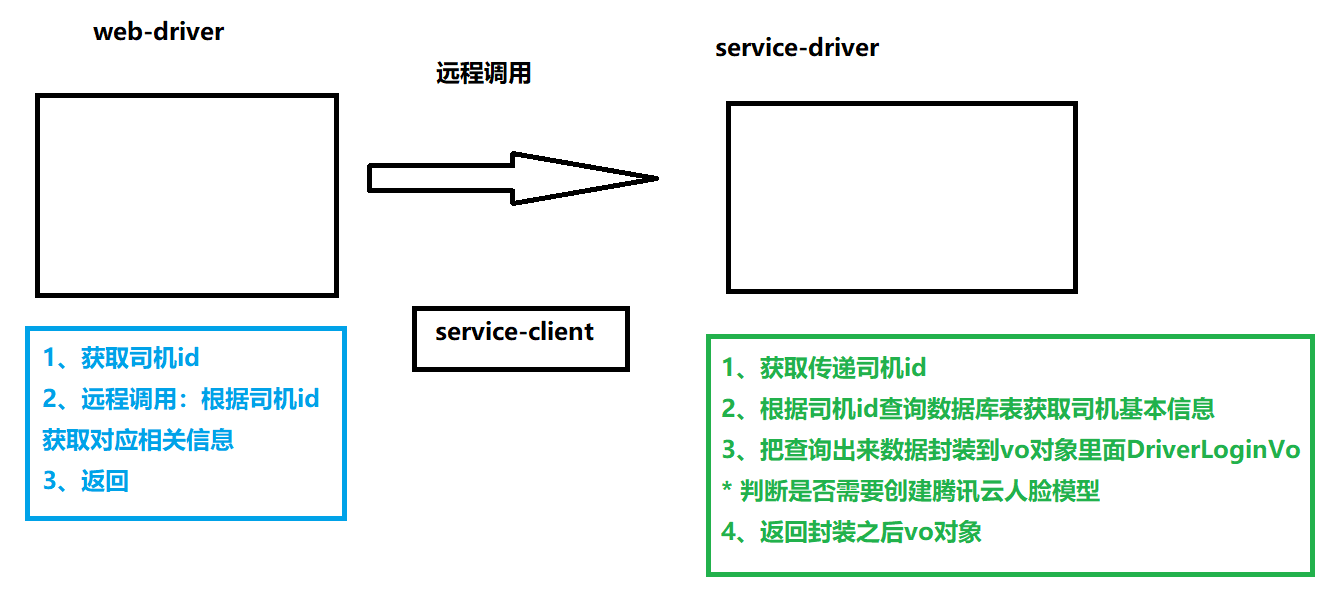
在这道题中给出一个字符串包含三种不同的括号,需要判断这三个括号是否能相互匹配。因为方向需要保证不出错,所以我们可以想到如果指向字符的指针为左括号时,可以将它拿出,与下一个字符进行匹配若能匹配则继续匹配,如果不能匹配则返回false。那么将左括号拿出要存放在哪里呢,我们可能会想到创建一个字符去存储,但是若字符串中只含有一个半括号或左括号数目大于右括号时我们将无法判断。所以我们可以应用栈的知识,将左括号存储在栈内,若下一个是右括号则与栈的头元素进行配对,若能配对,则继续,若不能则返回false。且应用栈的优点还有就是我们可以在最后判断栈是否为空,若不为空则证明左括号数目大于右括号,返回false。若最后栈为空则证明所有括号都配对完成,就返回true。我们现在来实现一下这个方法。
//动态的栈
typedef int STDataType;
typedef struct Stack
{
STDataType* a;
int top;
int capacity;
}ST;
//栈的初始化
void STInit(ST* pst);
//栈的销毁
void STDestory(ST* pst);
//栈的进栈
void STPush(ST* pst, STDataType x);
//栈的出栈
void STPop(ST* pst);
//栈的取栈顶数据
STDataType STTop(ST* pst);
//栈的判空
bool STEmpty(ST* pst);
//栈的获取栈的个数
int STSize(ST* pst);
//栈的初始化
void STInit(ST* pst)
{
assert(pst);
pst->a = NULL;
//top指向栈顶的下一个节点
pst->top = 0;
//top指向栈顶
//pst->top = -1;
pst->capacity = 0;
}
//栈的销毁
void STDestory(ST* pst)
{
assert(pst);
free(pst->a);
pst->a = NULL;
pst->top = 0;
pst->capacity = 0;
}
//栈的进栈
void STPush(ST* pst, STDataType x)
{
assert(pst);
//扩容
if (pst->top == pst->capacity)
{
int newcapacity = pst->capacity == 0 ? 4 : 2 * pst->capacity;
STDataType* tmp = (STDataType*)realloc(pst->a, newcapacity * sizeof(STDataType));
if (tmp == NULL)
{
perror("realloc fail!");
exit(1);
}
pst->a = tmp;
pst->capacity = newcapacity;
}
pst->a[pst->top] = x;
pst->top++;
}
//栈的出栈
void STPop(ST* pst)
{
assert(pst);
assert(pst->top > 0);
pst->top--;
}
//栈的取栈顶数据
STDataType STTop(ST* pst)
{
assert(pst);
assert(pst->top > 0);
return pst->a[pst->top-1];
}
//栈的判空
bool STEmpty(ST* pst)
{
assert(pst);
return pst->top == 0;
}
//栈的获取栈的个数
int STSize(ST* pst)
{
assert(pst);
return pst->top;
}
bool isValid(char* s)
{
ST st;
STInit(&st);
while(*s)
{
//左括号入栈
if(*s=='('||*s=='['||*s=='{')
{
STPush(&st,*s);
}
else
{
if(STEmpty(&st))
{
return false;
}
char top=STTop(&st);
STPop(&st);
if(top=='('&&*s!=')'||top=='{'&&*s!='}'||top=='['&&*s!=']')
{
STDestory(&st);
return false;
}
}
++s;
}
bool ret=STEmpty(&st);
STDestory(&st);
return ret;
}
大家感兴趣的可以自行尝试哦~
. - 力扣(LeetCode)













![[java][代码] java中date格式化输出时间字符串](https://i-blog.csdnimg.cn/direct/97883da4909b4b199862c35cba1f3421.png)




